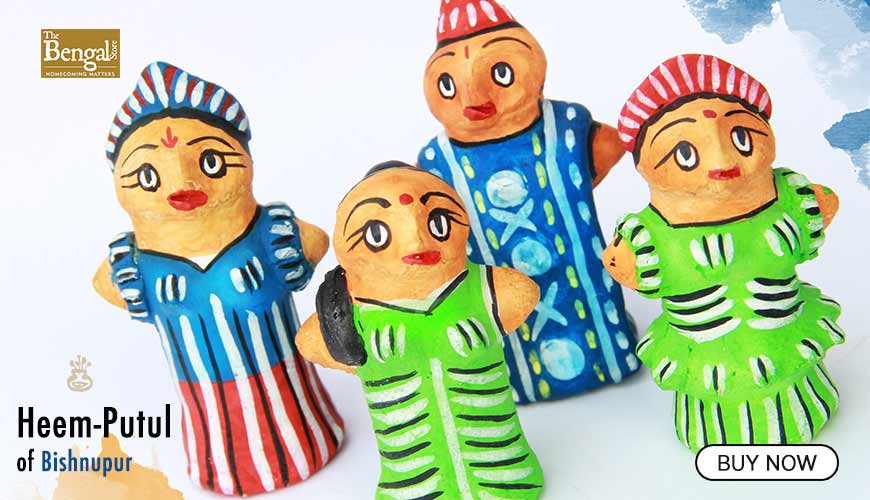Bengal Home Industries seeks to revive glory days
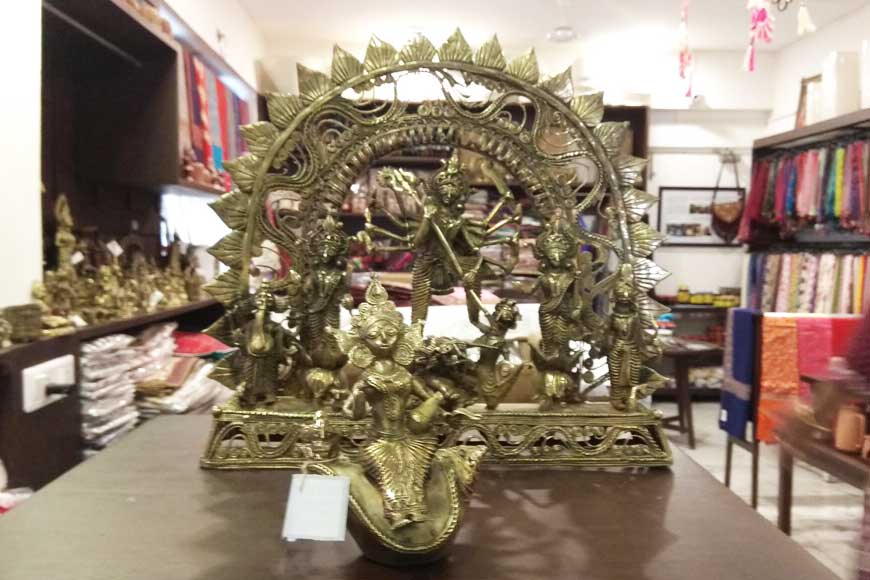
Kolkatans of a certain age and beyond will recall a large emporium at Exide crossing, filled to the brim with exciting merchandise ranging from food to exquisite handwoven saris to decorative items to home furnishings – with one common thread running through them – each product was ‘Made in Bengal’. If you haven’t guessed already, the emporium bore the slightly quaint name of Bengal Home Industries Association BHIA), and until the early 1990s, the prominently located showroom was almost a one-stop shop for locals and visitors alike when it came to purchases that reflected both the art and the enterprising spirit of Bengal.
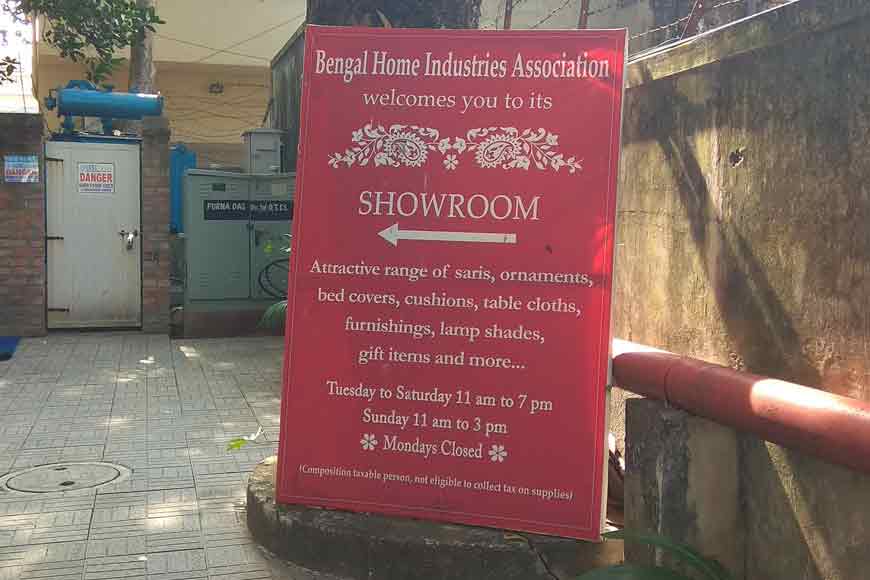
To begin with, BHIA is quite possibly the oldest Indian NGO, founded over a century ago in 1916 by Rabindranath Tagore’s nephew Gaganendranath Tagore and a few likeminded associates, among them Abanindranath Tagore and Bijoy Chandra Mahtab, Maharaja of Burdwan. Gaganendranath, a master of the Bengal School of art, designed the logo himself.
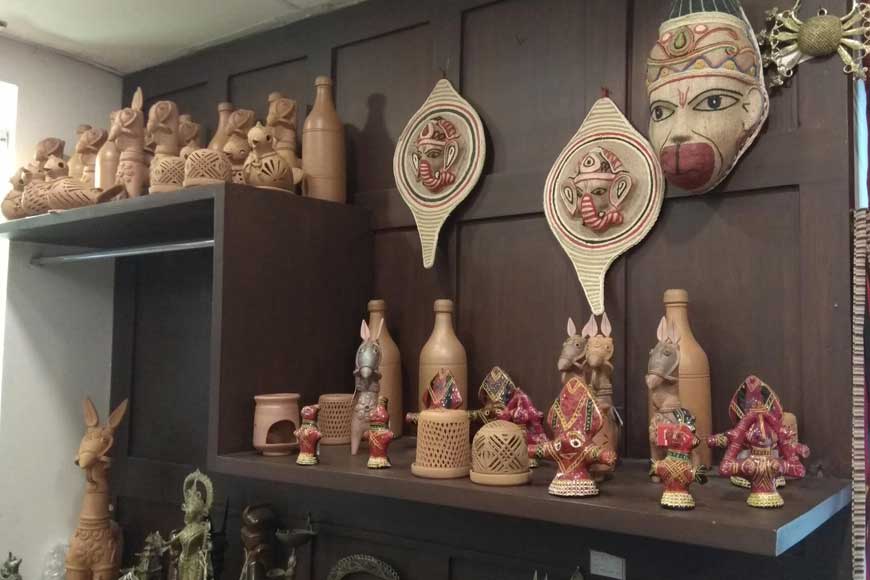
Of course, that fine showroom no longer exists. The heady days of brisk business and widespread patronage have also been severely dented in these times of the Covid pandemic. What is important, though, is that Bengal Home Industries is still a name, a lovely showroom still exists off Rashbehari Avenue, the product range remains as varied and reasonably priced as ever, and a group of people are making concerted efforts to regain the preeminent position that the organisation once occupied in the hearts and minds of this city. And that is important for several reasons.
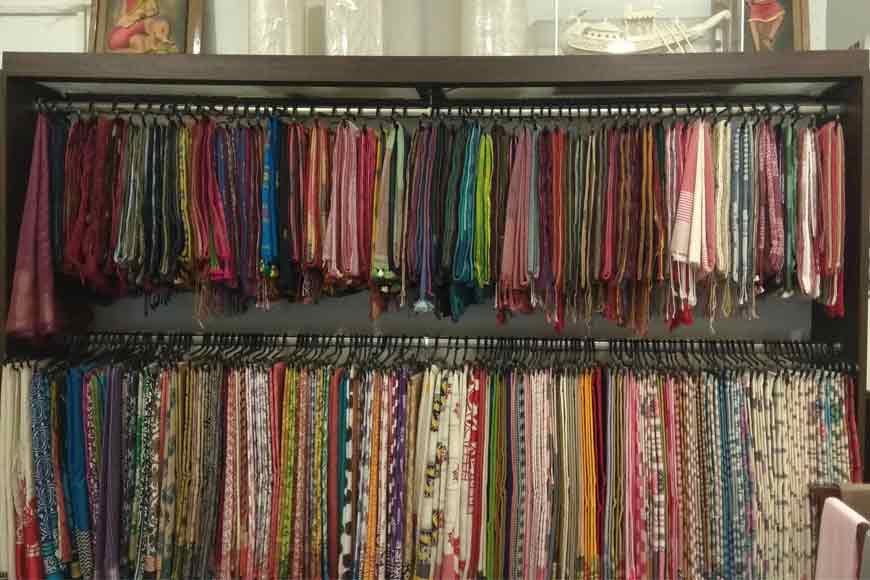
To begin with, BHIA is quite possibly the oldest Indian NGO, founded over a century ago in 1916 by Rabindranath Tagore’s nephew Gaganendranath Tagore and a few likeminded associates, among them Abanindranath Tagore and Bijoy Chandra Mahtab, Maharaja of Burdwan. Gaganendranath, a master of the Bengal School of art, designed the logo himself. Registered under the Indian Companies Act VII (Section 26) in 1917, BHIA is a “non-profit sharing concern, which aimed to promote and develop cottage industries, arts, and crafts, and help poor artisans by purchasing raw materials for them, advancing them money, and helping them market their goods”.
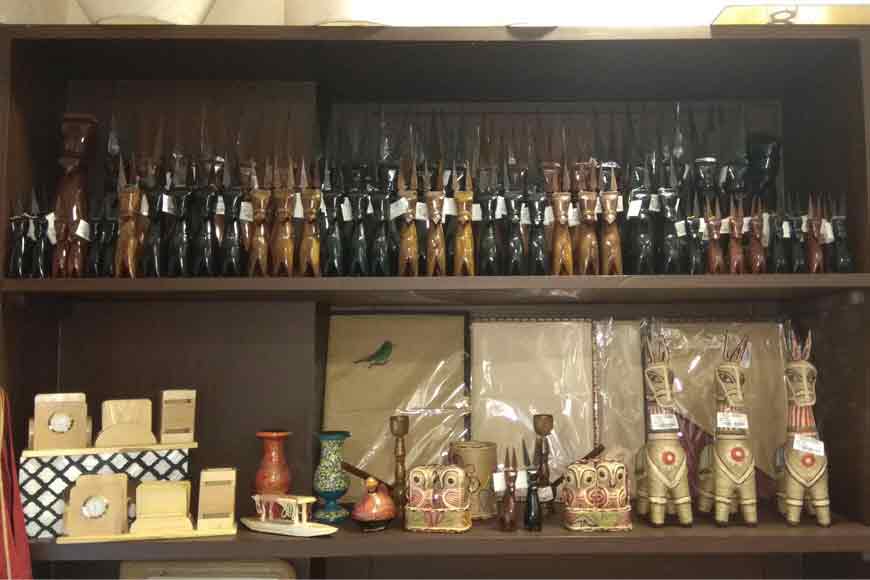
At a time when the ‘swadeshi’ wave was sweeping the nation, the importance of such renowned Bengalis coming together to protect the indigenous art of Bengal cannot be overestimated. In many senses, it was an idea far ahead of its time. “In its heyday, there was not a single emporium in Kolkata which boasted such a range of products, with such a wonderfully organised display,” says Nayantara Pal Chowdhury, the first woman president of the Bengal National Chamber of Commerce and Industry. “And the sales staff would really go out of their way to assist you without pushing you into buying. As children, we would spend hours there.”
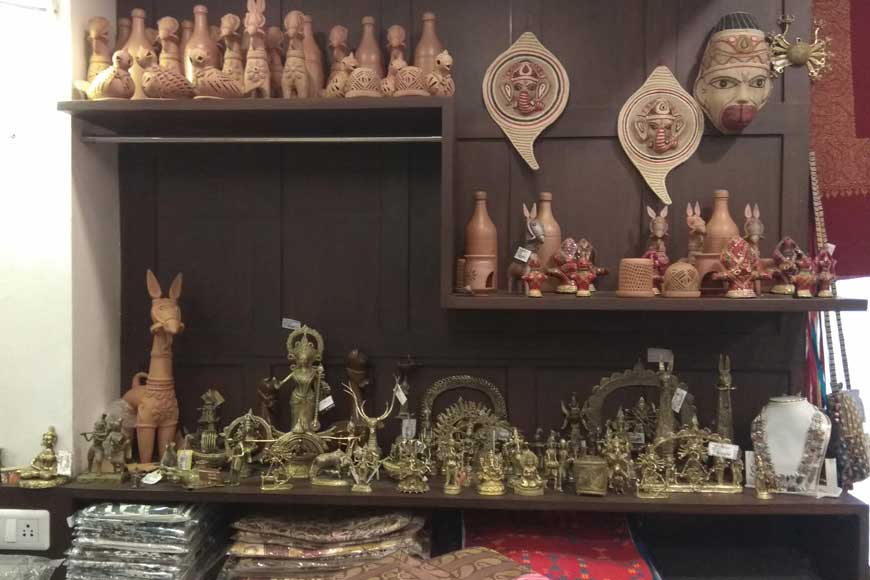
Ms Pal Chowdhury’s association with BHIA is stronger and more emotional than most. Her mother, Chitra Pal Chowdhury, former general secretary of BHIA, may be credited with almost single-handedly keeping the organisational wheels turning through some its most turbulent times, covering a change of premises, dipping sales as a result, and associated problems. Now in her 90s, Chitra Pal Chowdhury is obviously retired, but retains a strong attachment to her beloved organisation. Once personally involved in sourcing products from rural artisans, she even organised exhibition-sales in her own home to ensure that BHIA was never closed for business.
At a time when the ‘swadeshi’ wave was sweeping the nation, the importance of such renowned Bengalis coming together to protect the indigenous art of Bengal cannot be overestimated. In many senses, it was an idea far ahead of its time. “In its heyday, there was not a single emporium in Kolkata which boasted such a range of products, with such a wonderfully organised display,”
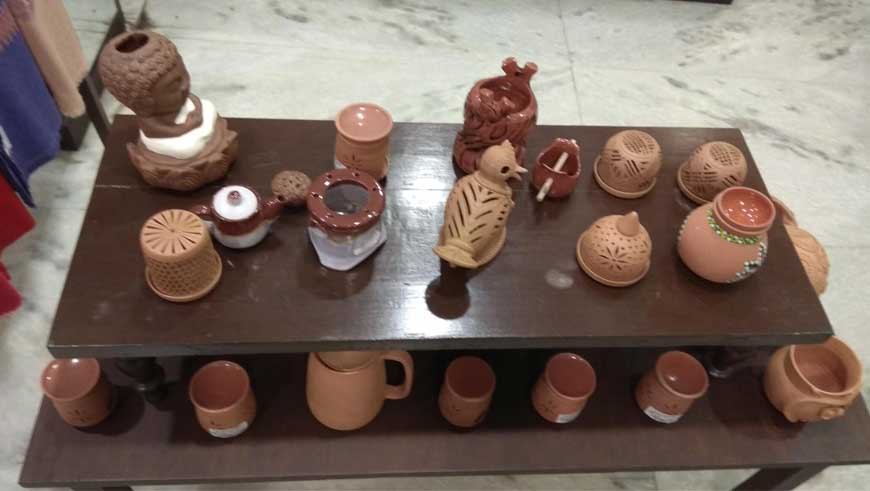
Today, the mantle has been taken over by such successors as Dr PC Mahtab, the current president, and his wife Nandini Mahtab, who is largely responsible for keeping the supply lines open, thanks to her vast knowledge of local arts and crafts. Alongside them is G.M. Kapoor, vice-president and director. “Since a large volume of sales today are conducted online, we need to establish a strong digital presence and set up payment gateways so that even someone sitting in New York, for example, can shop with us,” says Kapoor, talking about ways of moving forward. “Earlier, Bengal Home was the ‘go-to place’ for Bengal handicrafts, and we want to regain that prominence. People who want to pick up Bengal handlooms or handicrafts should again consider Bengal Home as the only place to go to.”
Long before a proliferation of organisations came up claiming to support rural artisans and giving them a platform to sell their products, BHIA was doing an excellent job of it. What is needed now, possibly, is a reorientation in terms of marketing and doing business. “Yes, the government may wish to get involved in some capacity if requested to do so, but there is already a very strong base that can be built upon,” says Ms Pal Chowdhury.
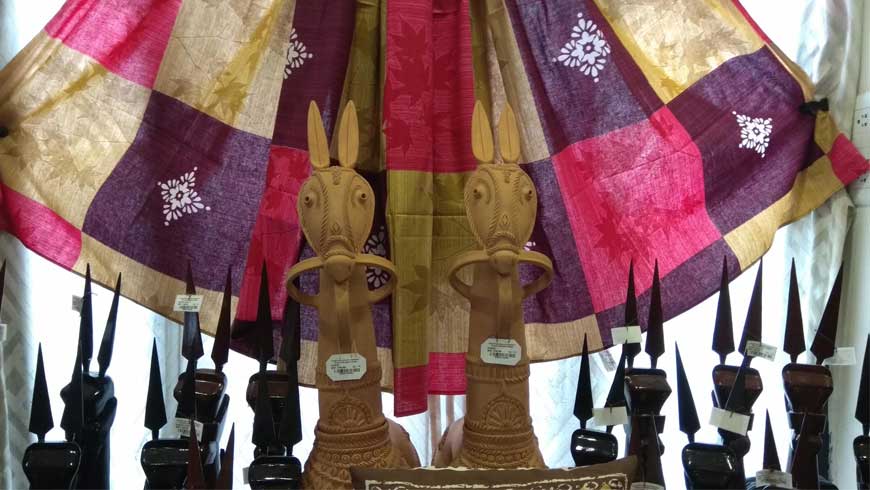
On a lighter ending note, she recalls how the signature check curtains from Bengal Home that her mother put up in their house remain an abiding childhood memory. “We would keep pestering her to change the curtains, but as she pointed out, they simply lasted forever. The colours just wouldn’t fade!” she laughs.
The quality remains intact. All that is required to restore this heritage NGO to its former glory is the popular support it once enjoyed.








